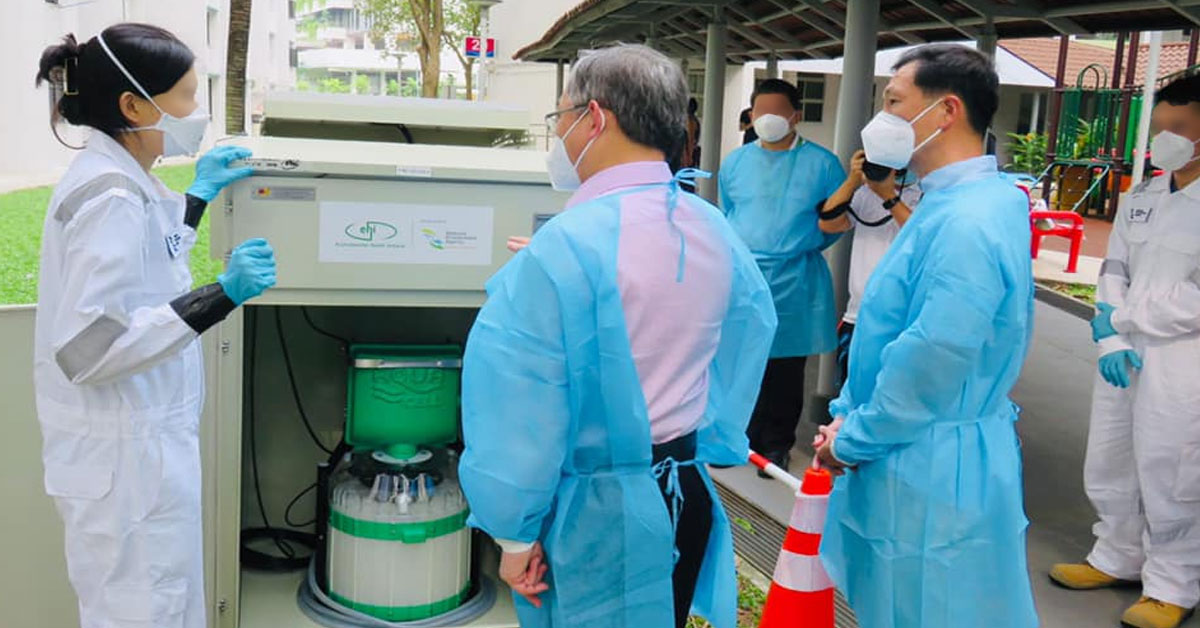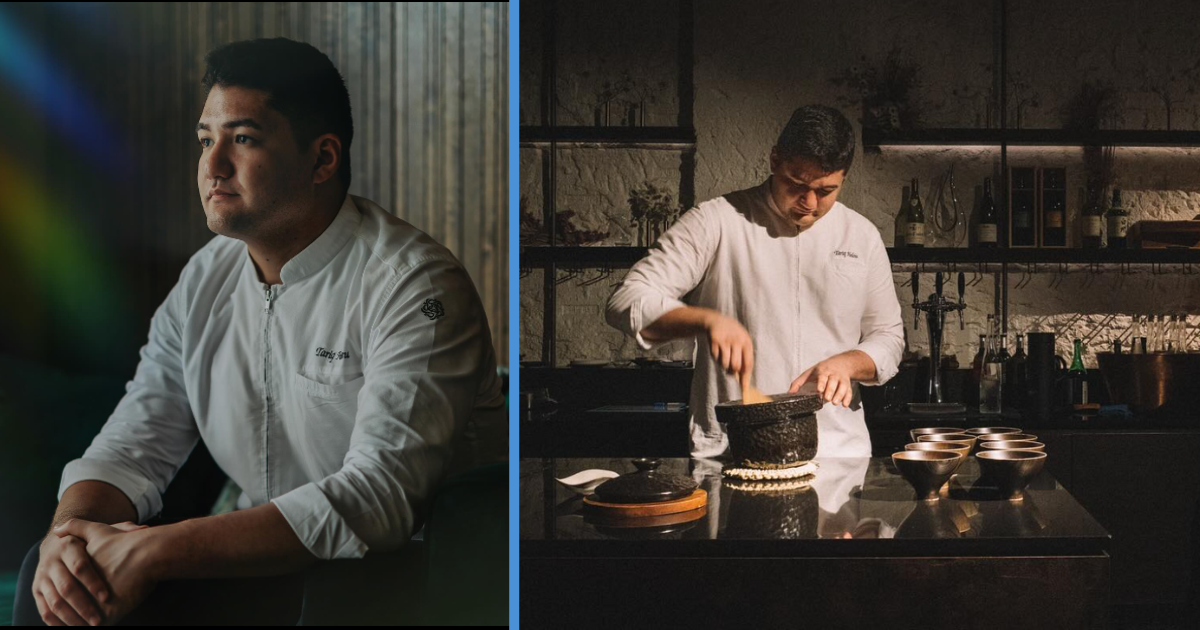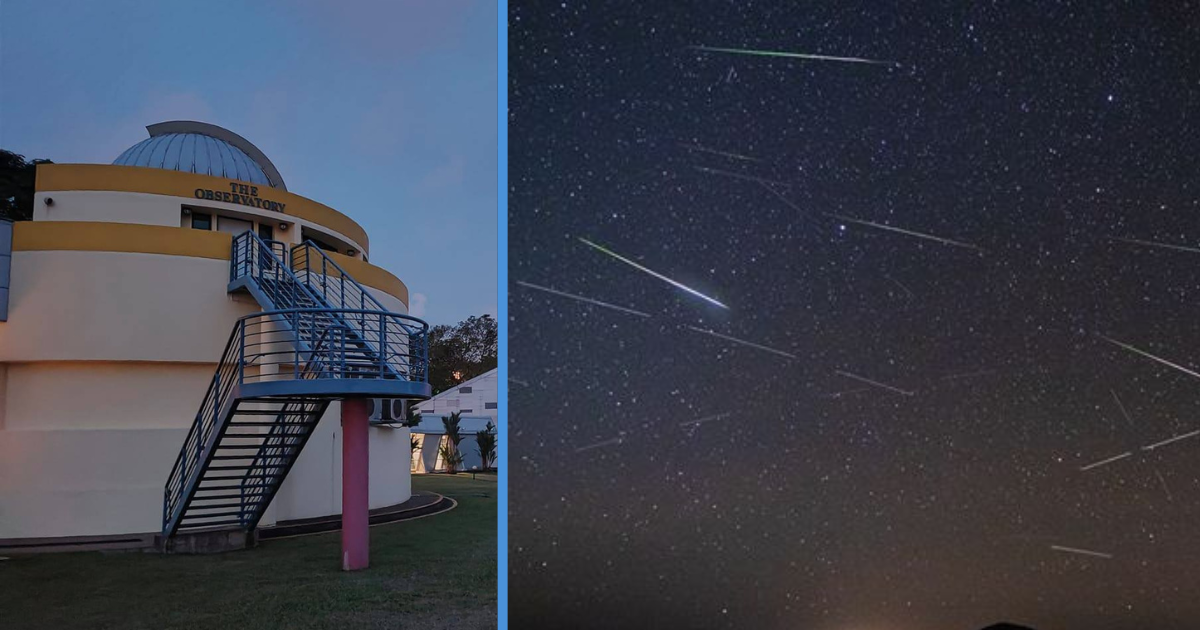Throughout the pandemic, the authorities have urged us to practise good personal hygiene to protect ourselves and others from the coronavirus.
But it seems that in order to fight this disease, we’ll have to go through some shit, literally.
More Wastewater Sites to be Tested for COVID-19 by 2022
The authorities will double the number of COVID-19 wastewater surveillance sites by next year, as it allows them to direct testing resources in a more targeted manner.
At the moment, there are more than 200 wastewater surveillance sites here, including workers’ dormitories, hostels, nursing homes, and residential areas.
Around 2,500 samples are processed every week.
First used last February in migrant workers’ dormitories, it was expanded to residential areas a few months later in July.
Since then, samples, where traces of the coronavirus were detected, have led to the discovery of undetected cases in housing blocks.
This then triggers a mass testing exercise, which will fish out even more undetected infections.
It’s seen as a surveillance strategy that complements swab operations and clinical testing in detecting cases here.
Why Wastewater?
To be clear, “wastewater” is what you call sewage when you don’t want to gross people out.
Testing sewage is an effective strategy as someone infected with COVID-19 will discharge viral fragments in their stool, even if they’re asymptomatic.
In other words, if you have COVID-19, your poop will have it too.
Wastewater also contains respiratory discharge such as saliva and mucus, which may also have viral COVID-19 fragments.
Reader: Looks like I won’t be eating today
How it Works
The first step in the process is identifying suitable manholes for sampling.
Editor: Can you please rephrase that sente-
These manholes should be located at an accessible site that’s away from the public and not on the main road.
Its depth should also be suitable for collecting samples.
A strainer and tube will then be lowered into the manhole while an autosampler is calibrated to ensure appropriate amounts of wastewater are collected.
The samples are then transferred to bottles, which presumably involves a lot of breathing through your mouth.
The bottles are then taken to the lab for testing.
There, scientists concentrate viral fragments, since they may be in low amounts in the water, before testing the solution for COVID-19.
If the samples are positive, the housing blocks from which they were retrieved may have to undergo mandatory mass testing.
As Health Minister Ong Ye Kung said, this helps the authorities identify possible transmission clusters early, so they can quickly ringfence cases and minimise spread to the community.
“So while this method cannot detect an infected individual, it is a very good early warning system,” he said.
Featured Image: Facebook (Ong Ye Kung)





